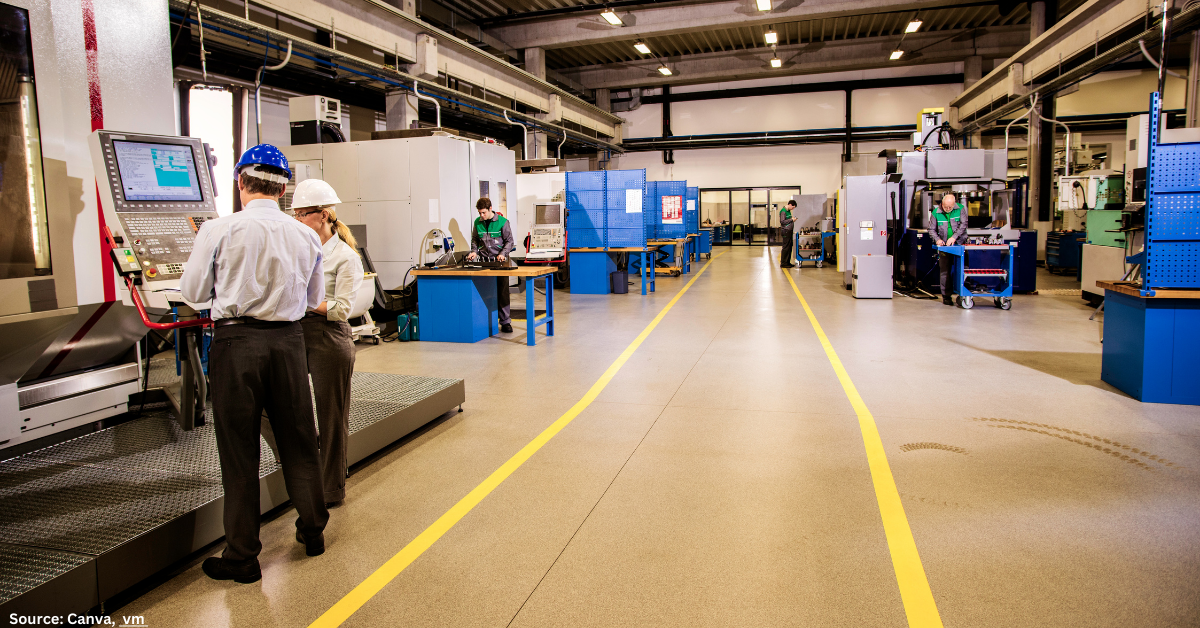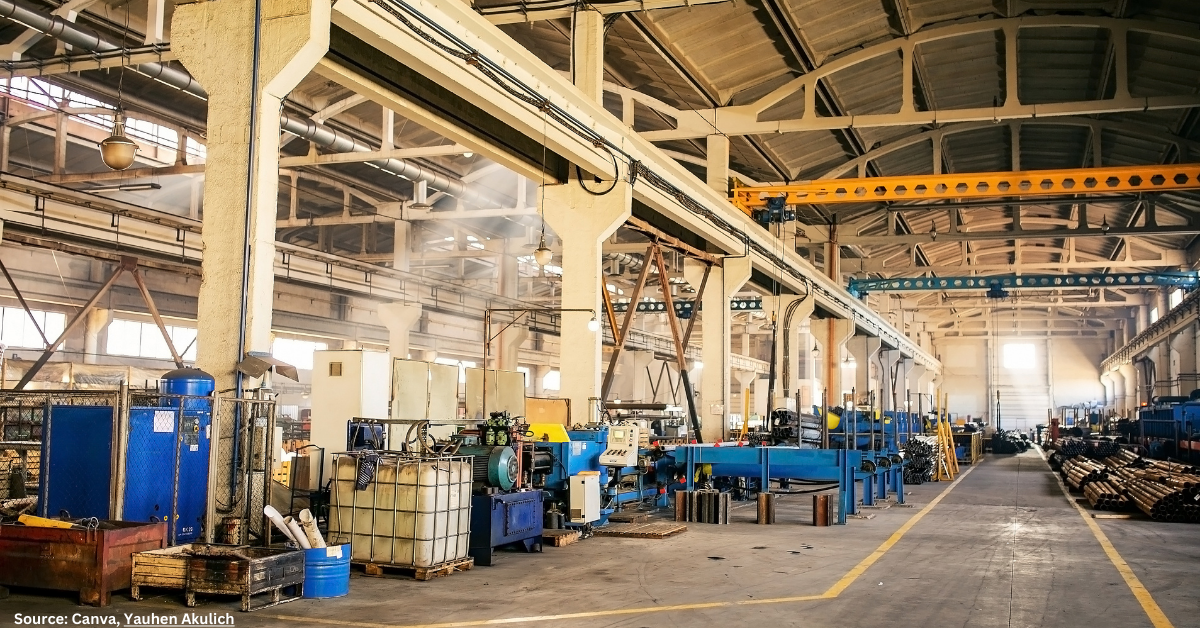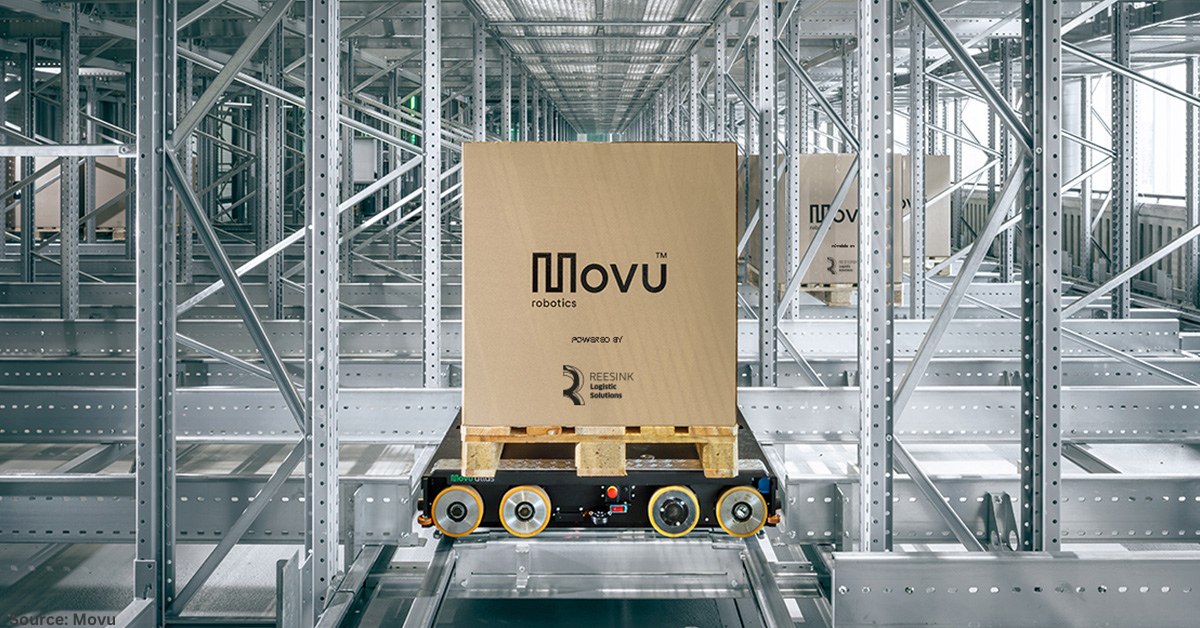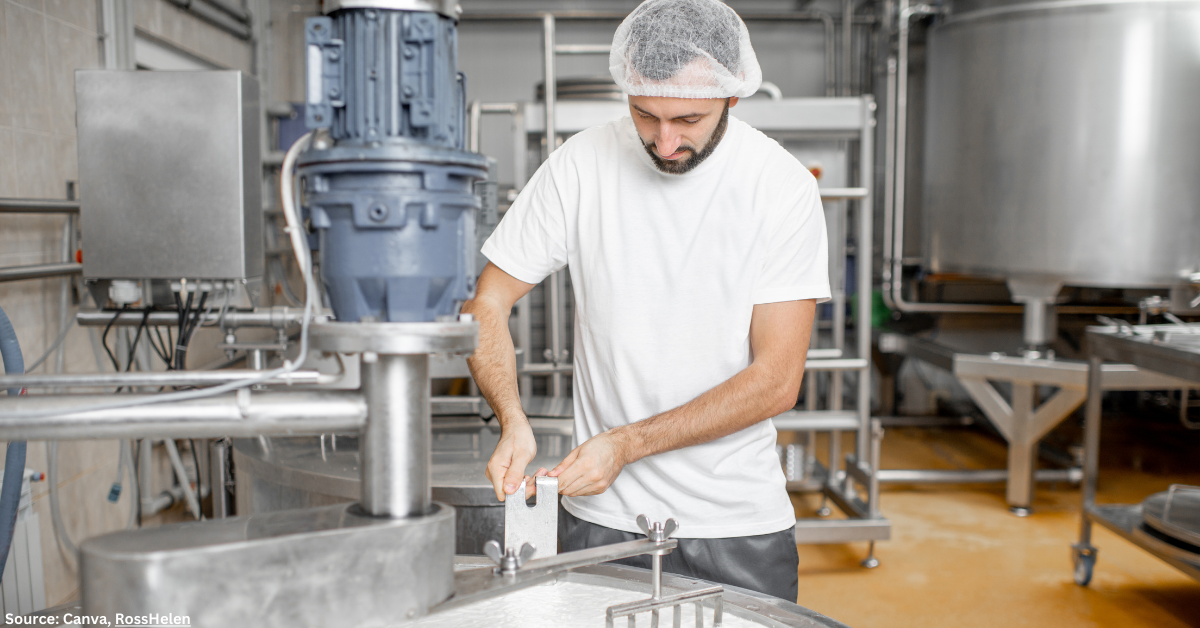With Australia now the tightest industrial property market in the world, it’s not as easy as it once was to secure a new facility. David Oldridge, Managing Partner at BPS Global Australia, offers tips on getting the most out of an existing facility when expanding or moving is not an option.
Despite its vast landmass, according to data released by CBRE, Australia has the lowest industrial vacancy rate in the world, ahead of Sweden (1.1 per cent), Belgium (1.3 per cent), Britain (1.6 per cent), and Hong Kong (2.3 per cent).
Against a global average of 2.7 per cent, Australia’s 0.8 per cent makes it the tightest industrial property market in the world.
Driven by a shift to onshoring and a rise in e-commerce, all capital cities in the nation are facing a “chronic undersupply” of warehouse space, with Sydney claiming the lowest vacancy rate of any city, at just 0.3 per cent.
Furthermore, rent prices have increased by an astounding 23 per cent in the last twelve months, making it clear that this type of land is reserved for those businesses who can afford it.
When moving is too expensive
For many businesses, staying afloat in a post-covid world is difficult enough. With the increased demand for stock availability and lean delivery times, the tendency to move closer to the customer seems logical.
However, as the land closest to cities is the scarcest and the most expensive, moving operations is simply not an option for many. For these businesses, the most innovative strategy is optimising their current space by considering a few key improvements detailed below.
Technology enablement – space reduction via time compression
When designed as a total (not point) solution, automation can produce dramatic improvements to the bottom line. It is no secret that technology is an enabler of efficiency, particularly in the warehouse space. By using robotics, warehouses can operate more efficiently to maximise small space, reducing handling and transport time and labour costs and errors. By compressing storage space which in turn reduces travel time, businesses can continue to scale operations without moving to larger premises.
An example of this is how Australia’s largest online book retailer, Booktopia, uses its 14,000sqm distribution centre in Lidcombe, NSW.
In 2020, Booktopia’s sales grew by 70 per cent, which saw them selling more than 30,000 items per day. In response to this rising demand, Booktopia partnered with BPS Global Australia to deploy the latest Autonomous Mobile Robot (AMR) technology, allowing them to meet demand and exceed customer expectations.
The innovative robotics solution by China-based HAI Robotics doubled Booktopia’s capacity, enabling them to ship up to 60,000 books across 145,000 different titles per day.
Further, by using the HAIPICK robot, their storage density increased by 130 per cent, and their putaway rates improved by an astounding 800 per cent. Using artificial intelligence, the HAI robots re-organise inventory (SKUs) depending on customer demand, reducing manual handling and travel time, and considering 70 per cent of warehouse business costs can be attributed to travel time, this is a key innovation.
The AMR use data matrix code to navigate autonomously and can retrieve up to 35 kilograms in weight and anything which fits into a 400x600X350 size tote – 8 to 10 per cycle.
Agile automation
Reducing cycle time is a crucial goal in many processes. One cost-effective way to achieve this without a significant systems upgrade is to deploy agile automation, a powerful alternative.
When deployed correctly, smaller technology additions can improve an entire process line, helping businesses scale efficiently whilst managing costs.
For example, a warehouse that uses both humans and robotics to operate is much sfootronger if they work cohesively instead of separately. As such, the design of the agile solution requires insight into how humans and robots work.
As with full-scale projects, when considering agile automation, it is crucial to work with a partner who understands processes at an operational level in order for the technology to integrate seamlessly.
Rethinking workstation design
All warehouses require intelligent design, and this is especially so for smaller spaces. By designing workstations efficiently, businesses can reduce risk and maximise return on labour costs. Also, by setting up workstations efficiently, warehouses can reduce picking and travel times by a significant amount for both humans and robots. For example, by classifying fast-moving goods or goods which are often shipped together, operations can work smarter, not harder.
The future of warehousing
With land becoming increasingly scarce and expensive, warehouses that truly optimise space will soon become the norm. For distribution centres, the future lies in robotics, artificial intelligence and digital process automation, an industry that Cranfield University has predicted to reach $30bn by 2025.
Thanks to advancements in artificial intelligence and machine learning, big data, and remote systems, warehouses can now scale with increased efficiency, reduced labour costs, and more controlled risk, making the future of warehousing more lucrative than ever.

























































Follow us on social media